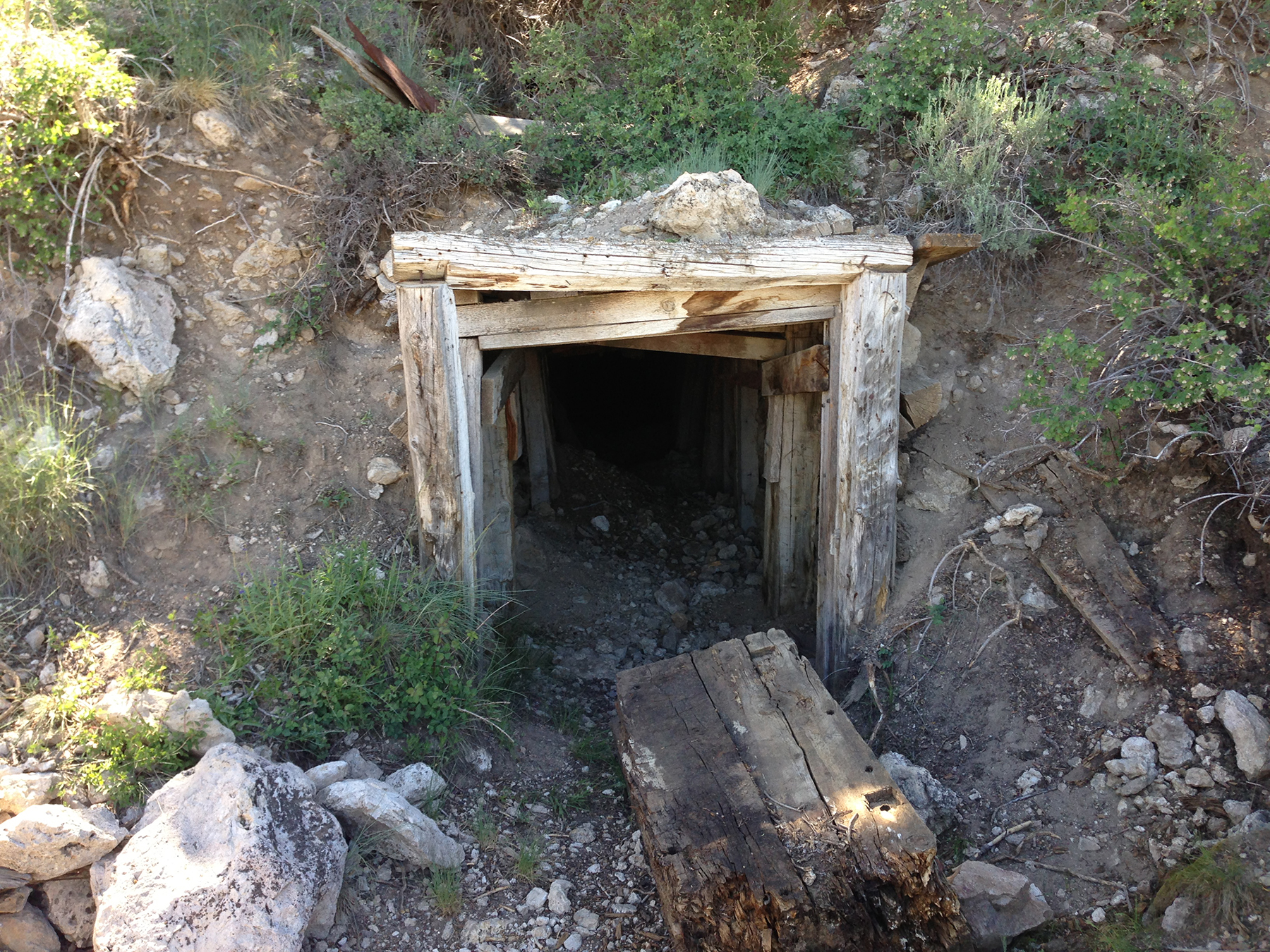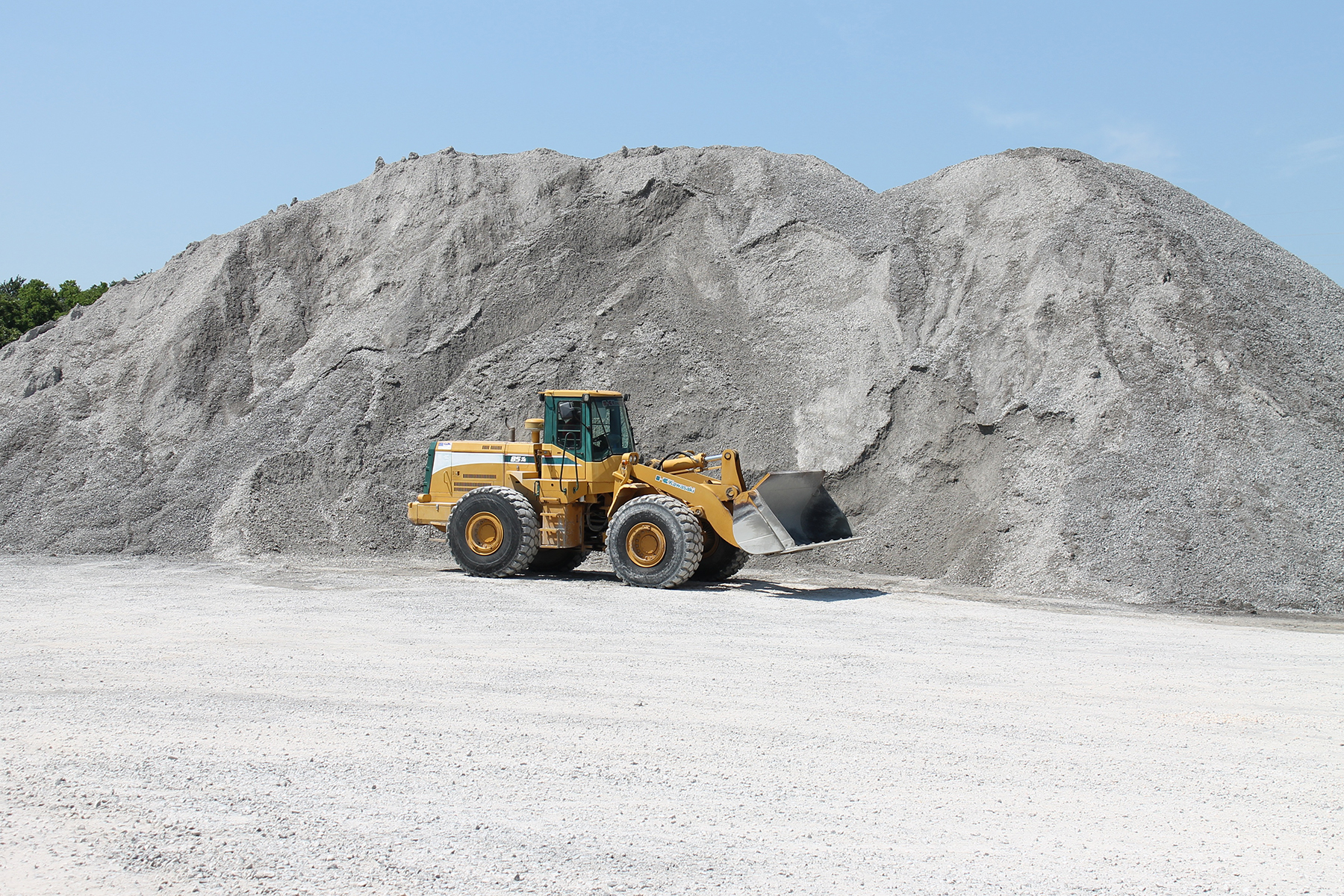By Sarah Derouin, Ph.D.
Finding alternatives to fossil fuels has created a boom in green thinking. Renewables like wind and solar power are big players in energy production, but they cannot generate power 24/7. Their energy generation must be supplemented with another source, or some type of energy storage system is needed to capture the excess energy produced so that it can be used later to meet demands.
Researchers are looking at something old and something new as a potential solution for energy storage. In a new paper, “Underground Gravity Energy Storage: A Solution for Long-Term Energy Storage,” published in Energies, researchers suggest that abandoned underground mines can find new purpose as energy storage locations. Specifically, they looked at the ability of sand to be used to create energy on demand and store energy in the long term.
Gravitational-based power and storage
The idea of tapping into gravity to produce power is not new. In pumped storage hydropower plants, water in an upper reservoir stores energy until it is released, flowing to a lower reservoir and activating a turbine along the way. These systems typically use excess energy available at certain times of the day (ideally from renewable sources like solar or wind) to pump the water back to the upper reservoir for storage. Increasingly, reusing underground mines for PSH systems has been of interest to green energy systems.
Researchers wondered if the same gravity-driven energy storage method could be utilized with a solid medium instead of a liquid. Specifically, they settled on sand to create what they are calling an underground gravity energy storage system. “Desert sand is cheap, widely available, and it's good to handle because it's easy to grab to carry around,” says Julian Hunt, D.Phil, an engineering researcher at the International Institute for Applied Systems Analysis in Austria and lead author of the paper.
For UGES, the researchers propose building a mechanized system in abandoned mine shafts. During energy production, large amounts of sand would be lowered via gravity down the mine shaft in containers.

“You need to install motors in the shaft, which also work as generators,” Hunt says. As the sand is lowered, a braking system would slow the descent. “While you do that, you are actually generating energy similar to our (electric vehicle) pressing the regenerative braking system.” The energy produced by the descending sand would be collected and used to supply the grid. After its descent into the mine, the sand would then be transported back to the surface where it could sit in piles — effectively as stored energy, much like the top reservoir in a PSH system.
Hunt says UGES would provide long-term energy storage. “Energy storage solutions have two main characteristics: One is the cost for power, and one is the cost for energy storage,” he explains. With UGES, the cost of moving sand (with lifts, conveyor belts, and trucks) is the expensive part. “The capacities for having sand sit at different altitudes is cheap — the mine is already there, (and) there is plenty of space on top of the mine,” Hunt says.
“I liked the different approach to energy storage,” says Kyle DeSomber, P.E., PMP, a mechanical engineer at Pacific Northwest National Laboratory, who has worked in the hydropower industry for 20 years. He was not involved in the study.
Seeing the distribution of abandoned mines was valuable and showed the potential for using these spots as energy generation sites, says DeSomber. He says the authors explored the concept of using these mines as potential energy storage locations at a high level.
Benefits and challenges
DeSomber sees definite advantages of installing UGES systems. “Sand doesn’t evaporate,” he notes. “You can maintain a pile of sand for an infinite duration — it could be used whenever required.”

Reusing a decommissioned mine can also provide benefits to energy production costs. “There might be some construction costs that would be captured with reusing the infrastructure,” says DeSomber.
Hunt agrees, adding that the existing roads and connection to the grid are also savings for starting a UGES project. He also adds that giving a mine a second life can also revitalize the nearby community. “Having this mine being used for energy storage will increase opportunities for the community to work at the sites.”
DeSomber points out that there are challenges, including inefficiencies in getting and moving sand to and from the energy conveyance. “Water definitely flows — you can simply drain and refill,” but the same isn’t necessarily true for sand.
Also, Hunt notes that UGES “should not be used for short-term storage, because it's going to be very expensive to move the sand around.” However, UGES looks like a promising option on a longer, seasonal basis. For example, the piles of sand could be used to generate energy for a six-month season, and then energy could be consumed for six months to transport the sand back to the surface. But once it was back on the surface, the sand would store energy and be ready for immediate energy production for another next six-month season.
Currently, there isn’t a seasonal demand because fossil fuels fill in the energy gap when renewables are unavailable. But as countries are divesting from fossil fuels, UGES may become more attractive. “It’s complicated, but it could be useful in the future, mainly if there is high demand for seasonal storage,” Hunt says. “If there is no demand for seasonal storage, then this is not an interesting option.”
The researchers note that if there is a choice between UGES and PSH, the latter should be given priority due to its lower investment and operational costs. But in situations where adding water to a mining area is problematic, UGES may be a viable solution.
UGES “absolutely were fair” in their assessment and in saying that pumped storage hydropower “is more or less a proven technology but that this could be an opportunity to look at this situation a bit differently,” DeSomber says.
“As energy storage becomes more and more important, I think we're going have to start thinking outside of the box,” says DeSomber. “This is definitely a concept that doesn't exist out there. It would be out-of-the-box technology — I think (it) shows merit.”
This article first appeared in Civil Engineering Online.



